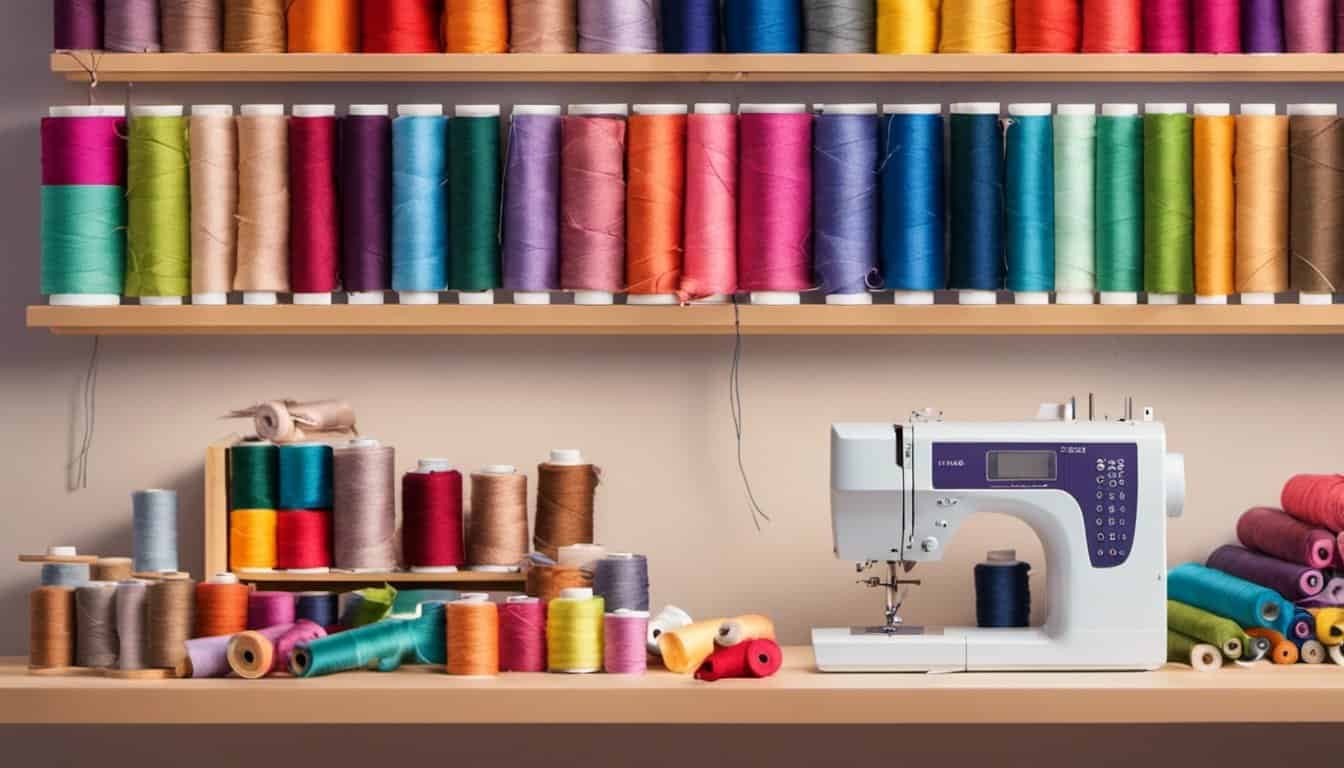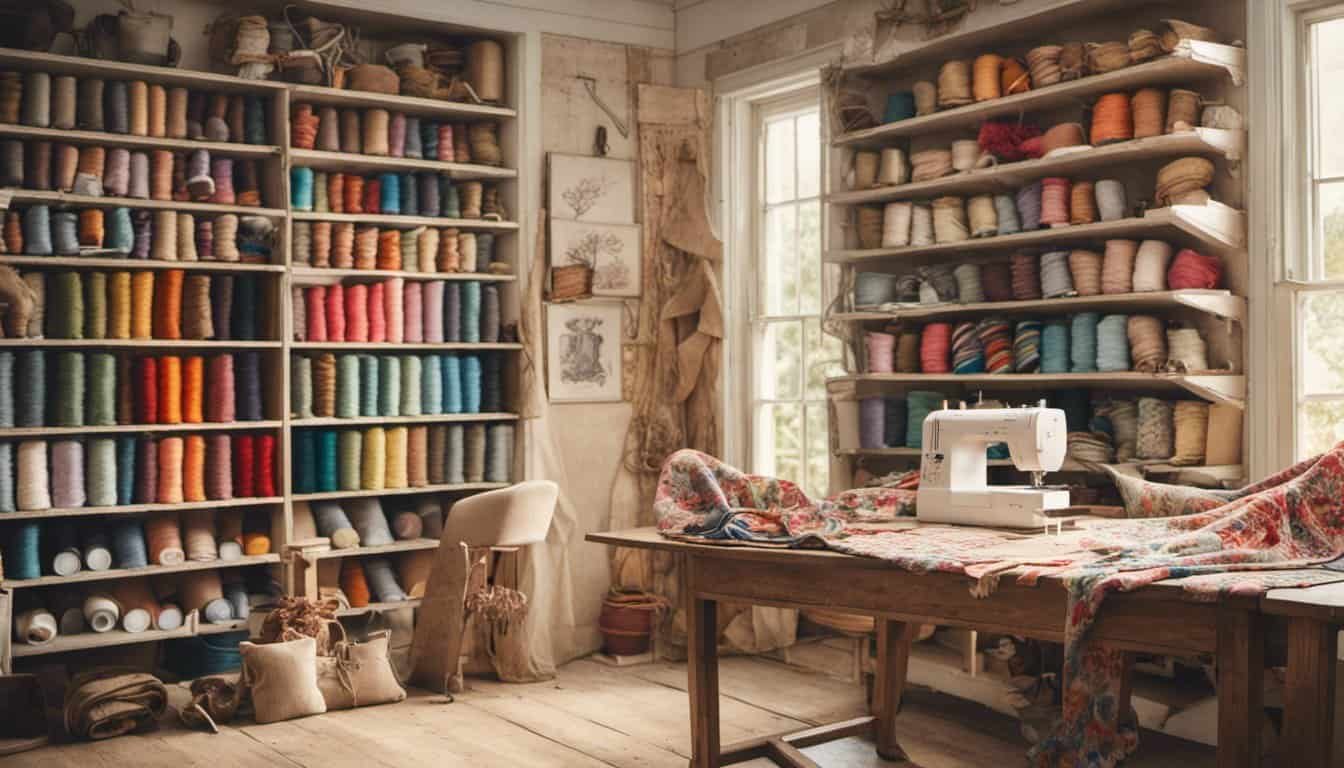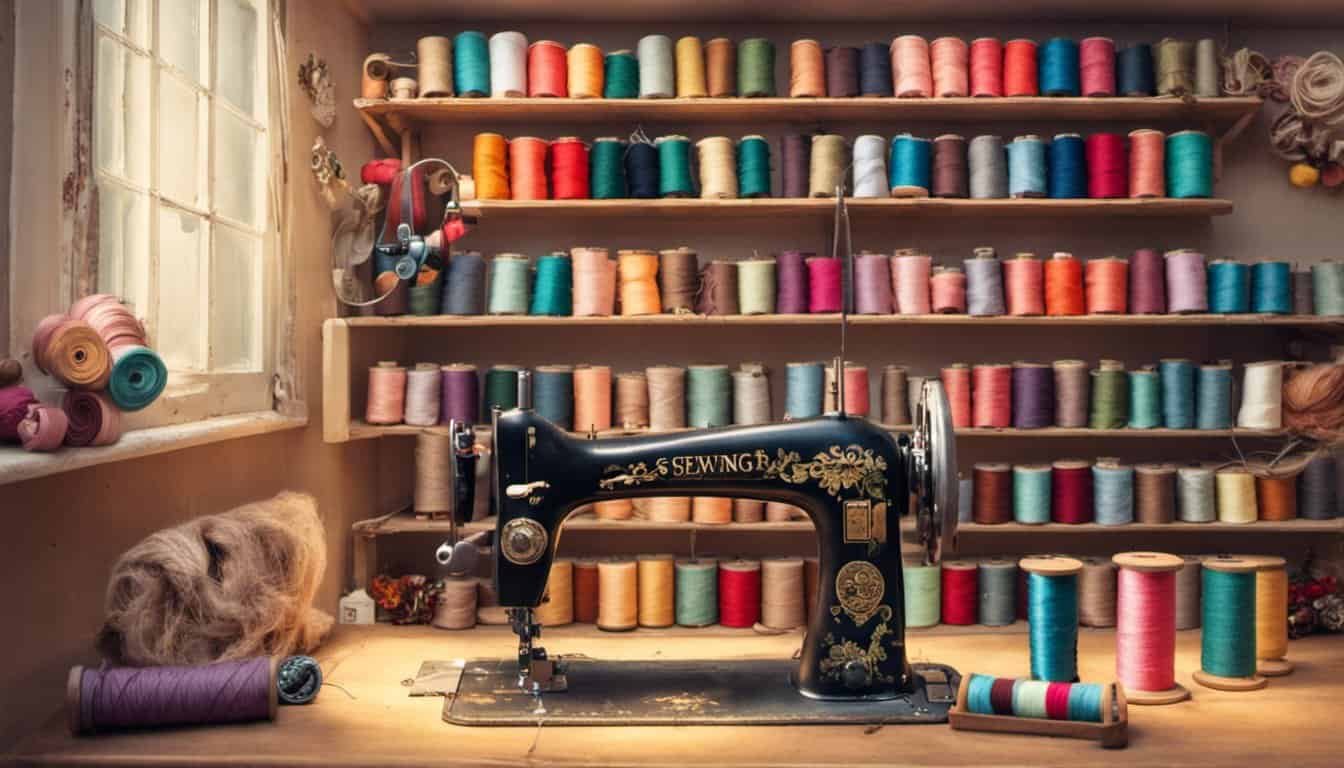Are you familiar with the terms “sewing street” and “sewing quarter”? You may have come across these phrases in the sewing community and wondered if they are the same thing. In this article, we’ll explore whether sewing street and sewing quarter are interchangeable or if they have different meanings. Whether you’re a seasoned sewer or just starting out, understanding these terms can help you navigate the sewing world with confidence.
If you’ve been curious about the differences between sewing street and sewing quarter, you’ve come to the right place. While these terms may sound similar, they actually refer to distinct aspects of the sewing industry. In this article, we’ll delve into the definitions of sewing street and sewing quarter and uncover how they relate to each other. By the end, you’ll have a clearer understanding of these terms and how they fit into the world of sewing.
Have you ever wondered if sewing street and sewing quarter mean the same thing? It’s a common question among sewing enthusiasts. In this article, we’ll dive into the nuances of these terms and explore whether they are interchangeable or if they have distinct meanings. Whether you’re a seasoned sewist or just starting out, understanding the differences between sewing street and sewing quarter can help you navigate the sewing community more effectively. So, let’s unravel the mystery and shed some light on these sewing terms.
Sewing Street: What is it?
If you’re an avid crafter or a sewing enthusiast, you may have come across the terms “sewing street” and “sewing quarter” in the sewing community. While these terms might sound similar, they actually refer to different aspects of the sewing industry. In this section, let’s delve into what Sewing Street is all about.
Sewing Street is a term that refers to the physical stores and shops where you can find everything sewing-related. These shops can be found on bustling streets or quaint corners of a city, offering a wide variety of fabrics, threads, sewing machines, and other essential sewing supplies. On Sewing Street, you’ll find a treasure trove of materials and tools, and you might even stumble upon unique vintage finds or specialty items that online stores might not carry.
The beauty of Sewing Street lies in the opportunity to engage with knowledgeable staff who can provide expert advice and guidance. Whether you’re a beginner or a seasoned sewist, the experts on Sewing Street are there to answer your questions, recommend the right fabric for your project, or help troubleshoot any sewing problems you encounter. Additionally, being surrounded by other like-minded individuals in a physical store setting can create a sense of community and inspiration.
While online shopping has become increasingly popular in recent years, Sewing Street continues to play an important role in the sewing community. It offers a hands-on experience, allowing you to touch and feel the fabrics and test out sewing machines before making a purchase. Furthermore, the in-person interaction with experienced staff and fellow sewists can be invaluable, especially if you’re looking to learn new techniques or expand your sewing knowledge.
So, next time you’re in need of sewing supplies or simply want to dive into the vibrant world of sewing, consider taking a trip down Sewing Street. It’s a haven for sewists of all levels and a place where creativity and expertise converge. Happy sewing!
In the next section, we’ll explore what Sewing Quarter is and how it differs from Sewing Street. Stay tuned to discover another facet of the sewing world.
Sewing Quarter: A Closer Look
When it comes to the world of sewing, embroidery, knitting, and other crafts, there are a few terms that you might come across that can be a bit confusing. One of those terms is “sewing quarter”. You might be wondering what exactly a sewing quarter is and how it differs from a sewing street. Well, let’s take a closer look and clear up any confusion!
Sewing Quarter Defined
A sewing quarter refers to a specific segment of the sewing industry. Unlike a sewing street, which typically refers to physical stores and shops, a sewing quarter is more commonly associated with a television channel or an online platform that is dedicated to sewing and crafts. It’s like having a sewing supply store right at your fingertips, accessible from the comfort of your own home.
The Allure of Sewing Quarter
One of the unique aspects of a sewing quarter is the variety of options it offers to sewing enthusiasts. Whether you’re a beginner looking for instructional videos, or an experienced sewist interested in purchasing new fabrics, patterns, or tools, a sewing quarter provides a vast array of resources and products. It’s a one-stop-shop for all your sewing needs.

Expert Advice and Inspiration
Another great benefit of a sewing quarter is the wealth of knowledge and expertise it offers. Many sewing quarters feature live shows where expert hosts demonstrate various techniques, provide tips and tricks, and answer viewer questions. This personal interaction helps create a sense of community and allows you to learn from experienced sewists in real-time. It’s like having your very own virtual sewing mentor!
Convenience at Your Fingertips
Perhaps the most appealing aspect of a sewing quarter is the convenience factor. Instead of having to drive to a physical store, you can simply turn on your television or log onto the website and instantly immerse yourself in the world of sewing. Whether you have a few minutes to spare during your lunch break or need inspiration for your next project in the middle of the night, a sewing quarter is there for you anytime, anywhere.
Comparing Sewing Street and Sewing Quarter
When it comes to the world of sewing, embroidery, knitting, and crafts in general, there are two platforms that have gained quite a following: Sewing Street and Sewing Quarter. While both platforms cater to the same creative community, there are a few key differences that set them apart. Let’s take a closer look at what makes them unique.
Sewing Street
« Discover the Surprising Sewing Pin Alternatives That Every Seamstress Needs
Discover the Ultimate Guide to Sewing Your Own Dress – Master the Art with Expert Tips, Trendy Designs, and Fabric Selection Secrets »
Sewing Street is a popular online platform for sewing enthusiasts. It offers a wide range of resources and products to help you with your sewing projects. From patterns and fabrics to tools and accessories, Sewing Street has everything you need to bring your creative ideas to life.
One of the standout features of Sewing Street is its interactive nature. You can participate in live workshops and demonstrations, giving you the chance to learn new techniques from expert sewers. Additionally, Sewing Street provides a sense of community, allowing you to connect with fellow sewing enthusiasts through online forums and social media groups. It’s a great place to share your projects, ask for advice, and celebrate your sewing milestones.
Sewing Quarter
If you prefer watching and learning from the comfort of your own home, Sewing Quarter is the perfect platform for you. It is a dedicated television channel that focuses solely on sewing and crafting. You can tune in to watch live demonstrations, tutorials, and interviews with industry experts. Sewing Quarter also offers a wide range of products for purchase, making it convenient to get everything you need for your sewing projects in one place.
One of the distinct advantages of Sewing Quarter is the variety of shows it offers. From in-depth technique tutorials to fun and creative project ideas, there is something for everyone. Whether you’re a seasoned sewing pro or just starting your crafting journey, Sewing Quarter provides an abundance of inspiration and knowledge to help you grow your skills.
The Similarities and Differences
While both Sewing Street and Sewing Quarter cater to the same creative community, there are a few notable differences. Sewing Street is an online platform that offers interactive workshops and a strong sense of community, while Sewing Quarter is a television channel that provides a variety of shows and allows you to watch and learn at your own pace. Both platforms offer a wide range of resources and products, making them valuable assets for any sewing enthusiast.

Sewing Street and Sewing Quarter are both fantastic platforms for all things sewing and crafts. Whether you prefer the interactive experience of
The Differences between Sewing Street and Sewing Quarter
When it comes to the exciting world of sewing, embroidery, knitting, and crafts in general, it’s important to stay informed about all the fantastic platforms available to you. Two popular platforms that often come up in conversations are Sewing Street and Sewing Quarter. While both platforms have a common love for all things sewing, there are some key differences that set them apart. Let’s dive in and explore these differences.
1. Platform Format: The first noticeable difference between Sewing Street and Sewing Quarter is the format in which they deliver their content. Sewing Street is an online platform, accessible through their website, offering various resources, products, live workshops, and a thriving community. On the other hand, Sewing Quarter is a dedicated television channel, broadcasting live demonstrations, tutorials, and interviews with industry experts. So, whether you prefer the convenience of online access or the engaging experience of live television, there’s a platform that suits your style.
2. Content Variety: Another difference lies in the variety of content offered by Sewing Street and Sewing Quarter. Sewing Street covers a wide range of topics, including sewing techniques, embroidery designs, knitting patterns, and general craft ideas. They provide a diverse array of resources and products to cater to all levels of experience and interests. Sewing Quarter, being a television channel, offers a curated selection of shows focused on sewing, quilting, and embroidering. Their shows are specifically designed to educate, inspire, and entertain sewing enthusiasts.
3. Community Interaction: Both platforms understand the importance of community, but they offer different ways to foster interaction. Sewing Street has a vibrant online community where members can connect, share ideas, seek advice, and show off their latest creations. They also offer live workshops where you can interact with experienced instructors and fellow sewists. Sewing Quarter, on the other hand, encourages community engagement through their live shows. You can call in, ask questions, and even participate in giveaways during the broadcasts. It’s a great opportunity to connect with like-minded individuals who share your love for sewing.

As you can see, Sewing Street and Sewing Quarter each have their unique features and formats, catering to different preferences within the sewing community. Whether you’re a fan of online platforms or enjoy watching live television, both options provide valuable resources, products, and opportunities to connect with fellow sewists. So, the choice ultimately comes down to what suits
Conclusion: Sewing Street vs Sewing Quarter
Sewing Street and Sewing Quarter offer valuable resources and opportunities for sewing enthusiasts. Sewing Street is an online platform that provides a wide range of resources, products, and live workshops, creating a sense of community for sewists. On the other hand, Sewing Quarter is a dedicated television channel that offers live demonstrations, tutorials, and interviews with industry experts, as well as a variety of shows for different skill levels.
The main difference between the two platforms lies in their format, with Sewing Street being an online platform and Sewing Quarter being a television channel. Additionally, Sewing Street covers a wide range of topics, while Sewing Quarter focuses specifically on sewing, quilting, and embroidering.
Furthermore, Sewing Street fosters community interaction through its online community and live workshops, allowing sewists to connect and learn from each other. In contrast, Sewing Quarter encourages engagement through their live shows, providing a platform for viewers to interact and ask questions.
Ultimately, both Sewing Street and Sewing Quarter cater to different preferences within the sewing community, offering valuable resources and opportunities to connect with fellow sewists. Whether you prefer the convenience of an online platform or the engaging experience of a television channel, both platforms have something to offer for sewing enthusiasts of all levels.














